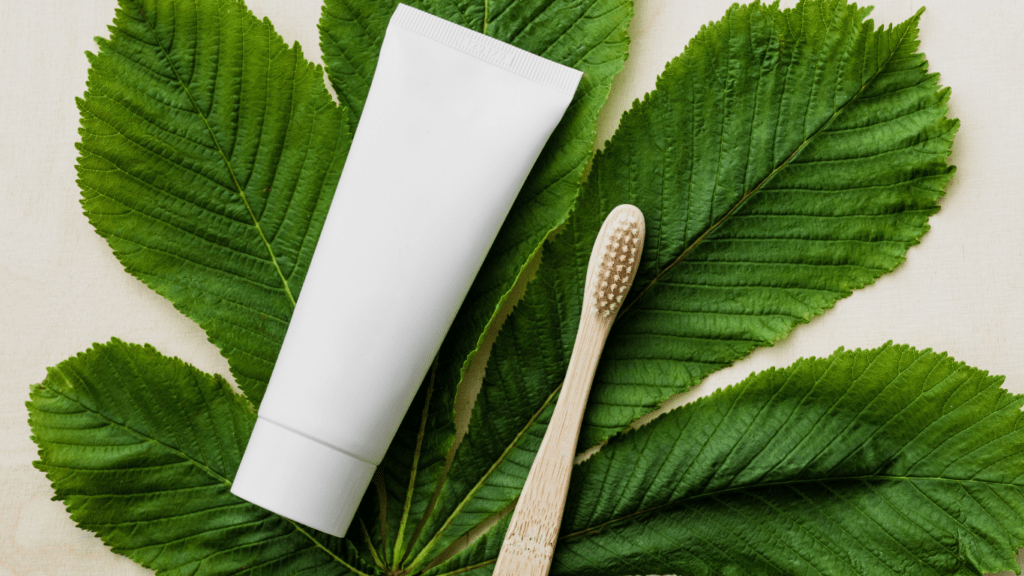Understanding the Basics of an Organic Lifestyle
Transitioning to an organic lifestyle may seem daunting, but it starts with understanding what “organic” means and recognizing its benefits.
What Does ‘Organic’ Really Mean?
“Organic” pertains to products produced without synthetic pesticides, fertilizers, GMOs, or artificial additives. Organic farming emphasizes sustainable practices, including crop rotation and composting, to maintain soil health.
The USDA organic seal ensures the product meets these strict standards. Organic can apply to food, clothing, and personal care items.
The Benefits of Going Organic
Going organic offers numerous benefits, including:
- Health Benefits: Organic foods often contain fewer pesticides and chemicals. Studies have shown they may have higher antioxidant levels.
- Environmental Impact: Organic farming methods promote biodiversity and reduce pollution. They enhance soil and water quality, contributing to long-term sustainability.
- Animal Welfare: Organic standards ensure animals are raised in humane conditions and are not given antibiotics or growth hormones.
Understanding these basics helps in making informed choices, paving the way for a successful transition to an organic lifestyle.
Starting With Organic Food
Transitioning to an organic lifestyle begins with food. Focusing on organic produce and understanding labels simplifies the journey.
Choosing Organic Produce
Selecting organic produce involves recognizing the importance of sourcing. Organic fruits and vegetables don’t use synthetic pesticides, reducing chemical intake.
These items often contain higher nutrient levels and fewer additives. Popular choices include apples, strawberries, and spinach, known for their high pesticide residues when non-organic.
Visit local farmers’ markets or join a Community Supported Agriculture (CSA) program to source fresh, organic produce.
Understanding Organic Labels
Understanding organic labels helps identify genuinely organic products.
The USDA Organic label indicates compliance with strict standards: no synthetic fertilizers, sewage sludge, irradiation, and genetic engineering. “100% Organic” means purely organic ingredients; “Organic” represents at least 95% organic content.
A “Made with Organic Ingredients” label indicates at least 70% organic content. These labels ensure that the food meets organic standards, offering a clear path to pure, healthy choices.
Incorporating Organic Products Beyond Food

Switching to an organic lifestyle doesn’t stop at food. Integrating organic products into various aspects of daily life can enhance health and support environmental sustainability.
Organic Clothing and Textiles
Choosing organic clothing and textiles reduces exposure to harmful chemicals. Conventional fabrics often contain pesticides and synthetic dyes. Organic options, like cotton, linen, and hemp, are grown without pesticides and are free from synthetic substances.
They also use less water and promote healthier soil.
I found several brands that focus on organic fabrics. For example, Pact and People Tree offer sustainable clothing options. Choosing these brands supports ethical labor practices and reduces environmental impact.
Organic Personal Care Products
Organic personal care products avoid harmful chemicals and synthetic ingredients. Traditional products may contain parabens, sulfates, and artificial fragrances, which can irritate skin and cause long-term health issues.
Organic personal care products, like those from Dr. Bronner’s and Andalou Naturals, use natural ingredients and essential oils.
Switching to organic shampoos, conditioners, and skincare items can improve your skin and hair health. Look for products with certifications, such as USDA Organic, to ensure they’re genuinely organic.
Overcoming Challenges in Transitioning
Transitioning to an organic lifestyle presents challenges, but they aren’t insurmountable with the right strategies. Let’s explore two key areas where issues often arise and effective ways to tackle them.
Cost Concerns and Budgeting Tips
One significant challenge in transitioning to an organic lifestyle is managing costs. Organic products, particularly food and personal care items, often come at a premium price compared to their conventional counterparts.
- Prioritize Purchases: Focus first on high-impact items like organic produce and dairy. Foods such as strawberries, apples, spinach, and kale tend to have higher pesticide residues, making them good candidates for organic purchases.
- Buy in Bulk: Items like grains, nuts, and seeds often cost less per unit when bought in larger quantities. Check local co-ops and online retailers for bulk organic options.
- Seasonal Shopping: Buying organic fruits and vegetables in season helps lower costs. Seasonal produce is usually fresher and less expensive.
- Grow Your Own: Starting a small garden with herbs and vegetables reduces the need to buy these items. Even indoor herb gardens can be cost-effective and convenient.
- Utilize Coupons and Sales: Look for deals and coupons at local stores or online. Many organic brands offer discounts through their websites or newsletters.
Finding Reliable Organic Suppliers
Sourcing authentic organic products can be daunting with numerous brands and certifications to navigate.
- Research Brands: Choose suppliers with strong reputations for transparency and quality. Brands like Nature’s Path, Dr. Bronner’s, and Horizon Organic are recognized for their commitment to organic standards.
- Check Certifications: Look for certifications like USDA Organic, Non-GMO Project Verified, and Fair Trade Certified. These labels indicate rigorous standards in organic farming and ethical practices.
- Local Farmers Markets: Connect with local organic farmers for fresh, seasonal produce. Farmers markets often provide opportunities to ask questions about farming practices directly.
- Online Retailers: Trusted online platforms like Thrive Market and Vitacost specialize in organic and natural products. They offer a wide range of items, often at competitive prices.
- Community Support: Join local food co-ops or community-supported agriculture (CSA) programs. These initiatives support local farmers and ensure access to fresh organic products.
Addressing these concerns with practical solutions makes it easier to transition to an organic lifestyle without feeling overwhelmed.
Maintaining an Organic Lifestyle Long-Term
Transitioning to an organic lifestyle’s only the beginning; sustaining it involves continuous effort and commitment.
Staying Updated With Organic Standards
Organic standards evolve, reflecting new research and practices. Regularly checking resources like the USDA National Organic Program website keeps me informed.
Subscribing to newsletters from trusted organizations like the Organic Trade Association provides timely updates. Following reputable blogs and forums offers insights into new trends and products.
Engaging With the Organic Community
Connecting with others who share my values strengthens my resolve. Participating in local farmers markets supports organic farmers and builds community.
Joining online groups and forums, such as those on social media platforms, fosters an exchange of tips and experiences. Volunteering for community-supported agriculture programs deepens my understanding of organic farming practices.
Attending local events and workshops provides opportunities to learn and grow within a like-minded community, making the journey easier and more enjoyable.


 is a committed writer and environmental advocate at Eco Elegance Technique, specializing in sustainable practices, health, and wellness. With a background in environmental studies, Peter focuses on providing readers with practical advice on integrating eco-friendly habits into their daily routines. His work aims to inspire a deeper connection between personal well-being and environmental responsibility, making sustainability accessible and actionable for everyone.
is a committed writer and environmental advocate at Eco Elegance Technique, specializing in sustainable practices, health, and wellness. With a background in environmental studies, Peter focuses on providing readers with practical advice on integrating eco-friendly habits into their daily routines. His work aims to inspire a deeper connection between personal well-being and environmental responsibility, making sustainability accessible and actionable for everyone.
